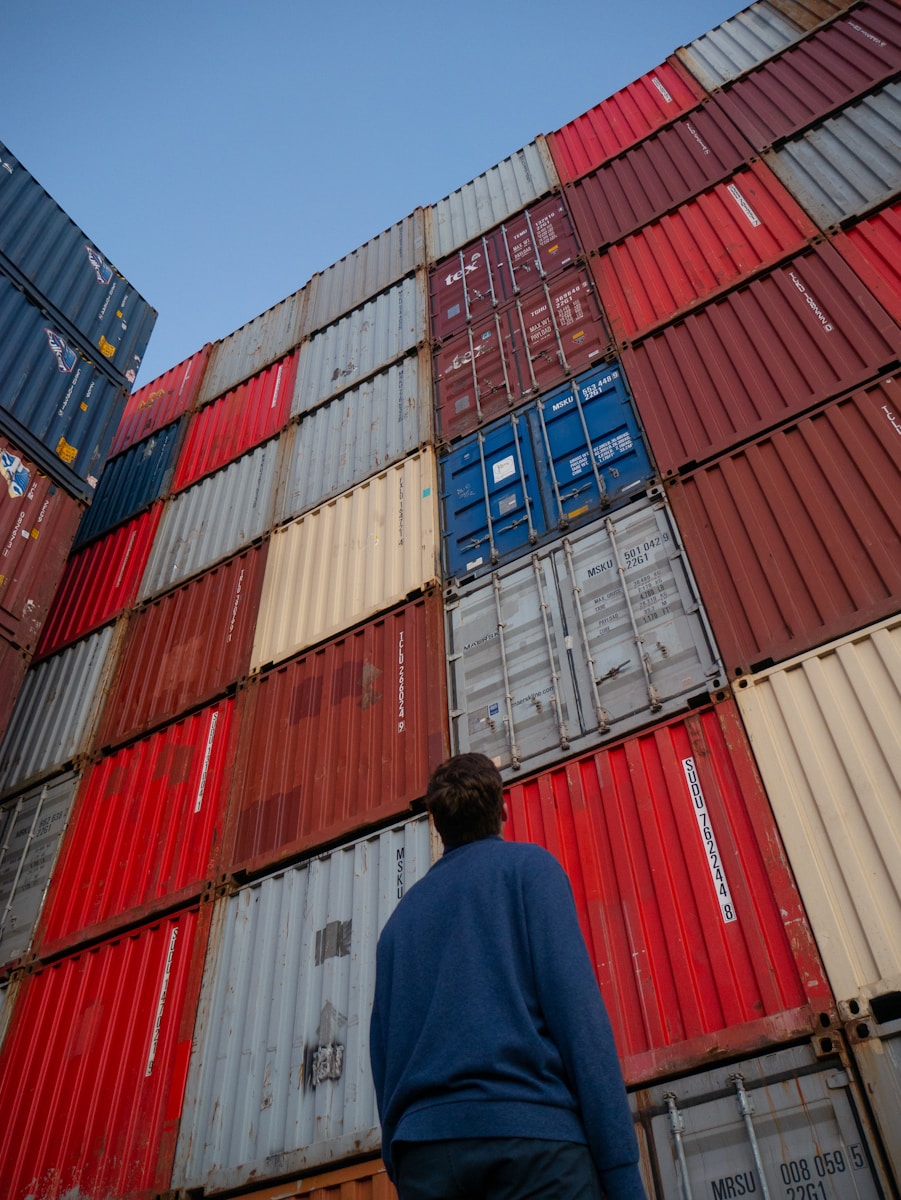In a move that has sent ripples through the global economy, President Donald Trump has announced the imposition of a 25% tariff on all steel and aluminum imports into the United States. This decision, aimed at bolstering domestic manufacturing, has prompted swift retaliatory measures from key U.S. allies, notably the European Union (EU) and Canada, escalating fears of a full-blown trade war.
The Genesis of the Tariffs
On March 12, 2025, President Trump declared that the new tariffs were essential to reclaim wealth he believes was lost due to unfair foreign trade practices and previous U.S. leadership’s incompetence. He asserted that these measures would revitalize American industries and protect national security interests.
International Retaliation
The response from international partners was swift and pointed. The EU announced plans to implement countermeasures worth approximately $28 billion, targeting a diverse array of U.S. goods starting April 1. European Commission President Ursula von der Leyen emphasized that while the EU’s response is strong, it remains open to meaningful dialogue, underscoring the potential risks to jobs and consumer prices on both sides of the Atlantic.
Canada, a major supplier of steel and aluminum to the U.S., unveiled plans to impose retaliatory tariffs totaling nearly $21 billion. These measures target a variety of U.S. products, including computers and sports equipment. Canadian Prime Minister-designate Mark Carney expressed willingness to negotiate a renewed trade deal, provided there is mutual respect for Canadian sovereignty.
Economic Implications
The escalation of tariffs has injected uncertainty into global markets. While U.S. stock markets have shown some stabilization, with the S&P 500 rising by 0.75% and the Nasdaq by 1.47%, European markets have experienced significant gains, led by Germany’s DAX index, which rose by 1.5%. However, concerns about economic recovery and inflation persist, with U.S. growth projections for 2025 reduced from 2.8% to 1.9%.
The tariffs have also led to a surge in U.S. metal prices, with aluminum premiums reaching record highs and hot-rolled coil prices soaring. This increase poses challenges for manufacturers reliant on these metals, potentially leading to higher production costs and consumer prices.
Political Reactions
Domestically, the tariffs have sparked a spectrum of reactions. Commerce Secretary Howard Lutnick defended the President’s economic policies, stating that they are “worth it,” even if they lead to a recession. Conversely, critics argue that such protectionist measures could harm consumers and strain relationships with key allies.
Global Trade Dynamics
The unfolding situation underscores the delicate balance in global trade dynamics. While the U.S. aims to protect its industries, the retaliatory measures from allies highlight the interconnected nature of modern economies. The potential for a prolonged trade war raises concerns about global economic stability, with consumers ultimately bearing the brunt through higher prices and limited product availability.
Looking Ahead
As the situation develops, the international community watches closely, hoping for a resolution that averts further economic disruption. The willingness of all parties to engage in constructive dialogue will be crucial in navigating these turbulent times and ensuring that protectionist measures do not hinder global economic progress.
Further Reading:
Trump threatens further tariffs as EU, Canada retaliate for those already in place
Trump vows to take back ‘stolen’ wealth as tariffs on steel and aluminum imports go into effect
US stocks stabilise and European markets rally as EU responds to Trump’s tariffs



